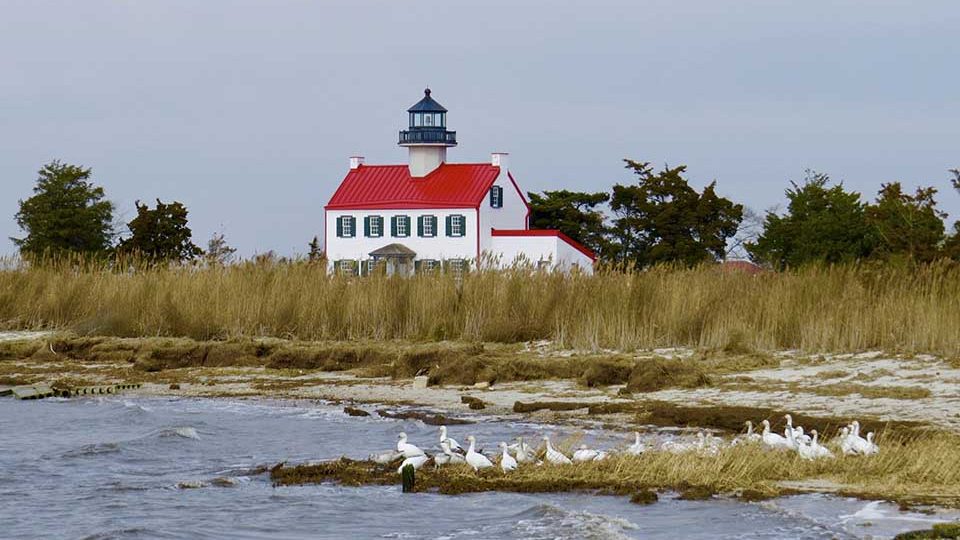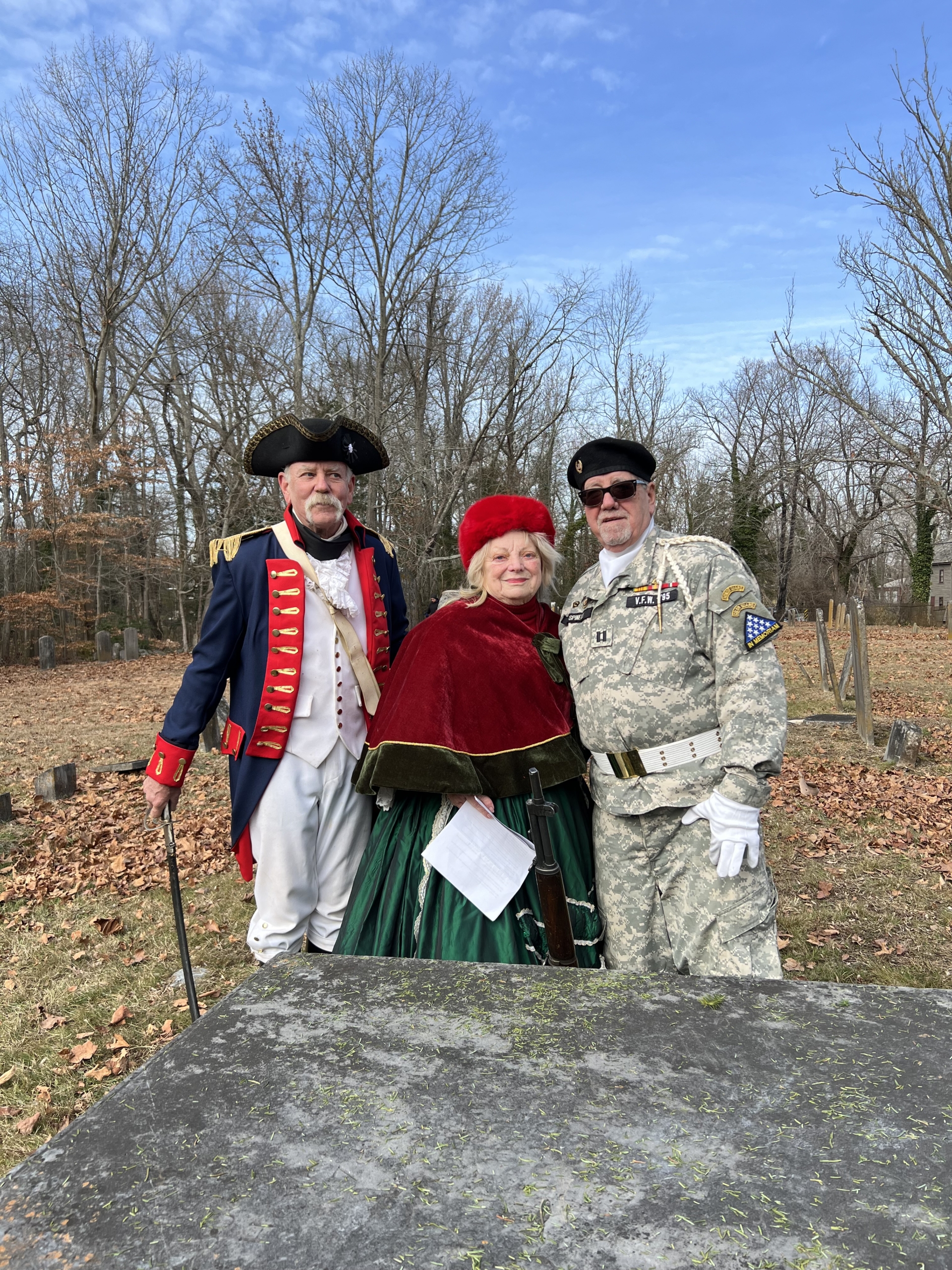Birding Bonanza
Winter birdwatching gets a boost from our geography, as migrating birds get funneled to and through our location along the Atlantic Flyway and on the Cape May peninsula,


Over the years I have gone on a number of wintering birding tours in southern Jersey. I’d like to share some suggested viewing areas in Cumberland County, but first let’s establish a few reasons why we have some great winter viewing possibilities.
North America is divided into four major “flyways”—these can be thought of sky highways that run from north to south. They are not the width of a roadway but may extend over a quarter of the country; they are used by a large number of birds while migrating between their breeding grounds and overwintering habitats. It’s a conceptual way of looking at the geographic aspects of migration.
From west to east each is named: They are the Pacific, Central, Mississippi, and Atlantic flyways. They are flown by various species, some of which extend their trip to hemispheric extremes, like the whimbrel that summers in Alaska and winters in Chile.
Our eastern flyway is the Atlantic. It begins in Greenland and Canada and follows the Atlantic coast of Canada, then through the United States to the Caribbean Sea, and on to tropical South America. Some shorebird species go even farther to the tip of South America, but the flyway is normally described as ranging to the tropics.

Along the Atlantic Flyway neotropical migrants nest in our region and north to southern Canada, but winter in the Caribbean and Central America—warblers, hummingbirds, and orioles are some examples.
Here in New Jersey ours is the Atlantic Flyway and, more importantly, the Cape May Peninsula. From a geographic standpoint “the Peninsula” includes much of the southern part of New Jersey. Migrating birds from northern areas are essentially funneled both to, and through, our region.
If temperatures and waters north of us freeze this will drive wintering birds to our region’s vast wetlands and waterways. While neotropical birds will push onward to the tropics, many birds make our region their wintering grounds. Milder winters bring us fewer waterfowl than 25 years ago but there are still many traditional avian visitors to enjoy, including ducks. The colder the winter is north of southern New Jersey the more likely we are to have ducks and other waterfowl in our region.
On the Delaware Bayshore bald eagle numbers often double in Cumberland County, especially if bodies of water in areas north of us become frozen. Commercial and Downe townships are great places to see eagles, and in fact most of Cumberland County’s bayshore is prime viewing. Spur roads off 553 to the bay are all likely spots to observe these magnificent birds. Late November through March are heavy usage times.
Along the Bayshore, and in farm fields in Salem and western Cumberland counties, keep an eye out for the showy flushes and flights of snow geese.

If you want to get your waddle on and see some ducks there are a lot of interesting places to go. In Cumberland County the Heislerville Wildlife impoundments at Matt’s Landing, Maurice River Township often have a variety of ducks—buffleheads, teal, and red-breasted and hooded mergansers are likely.
From Heislerville you could head to East Point Lighthouse where you can scan the bay for scaup and scoters. When you leave East Point follow East Point Road and turn onto Thompson’s Beach Road. At the end you’ll find parking and a newly installed viewing platform. From here you can walk 0.7 miles to the bayfront and the ghost town of Thompson’s Beach. Along the walk keep an eye out for Nelson’s, salt marsh, and seaside sparrows. Also, Savannah sparrows can be numerous there during fall migration.
When you leave the Thompson’s Beach parking area go back to East Point Road and make a right, at which point the route is called Glade Road. Here you will cross Riggins Ditch where you can view a vast saltwater marsh that’s always worthy of a scan.
One of the hotspots to see scaup, bufflehead, and long-tailed ducks is on the west side of the Maurice River, across from East Point and just south of Long Reach Marina on High Street in Commercial Township. Here, a clam plant has an outflow that attracts ducks most winters when it is operational.
On the other side of High Street, opposite the Bayshore Center in Bivalve, park at the end of Germantown Avenue and visit the PSEG restoration site via a paved path. You will want to take advantage of the elevated viewing boardwalk. If you have a telescope this is an opportune place to scan for ducks, snow geese, eagles, peregrine falcons, northern harriers, and possibly a wintering kingfisher. Ducks seen from this vantage point could include teal, pintail, black ducks, buffleheads, and others. The marsh is tidal and varying levels of water will produce different viewing opportunities. Don’t forget to return to see the Bayshore Center in the spring, when they will be back in full swing, but you may also wish to attend the Second Friday celebration in December.

Not every viewing spot is a bonanza, but those that I always check out in Downe Township include the pond near the fire hall in Dividing Creek, on Church Road / Route 555; here the waters flow to the town’s namesake stream. The pond will often have courting hooded mergansers in February and March, a display that you won’t want to miss. Two other spots where you may get lucky when mergansers are present are Dividing Creek and 553 near the Red-Eyed Crab Restaurant, or Nantuxent Creek in Newport, Downe Township, near the Bull on the Barn Restaurant—on Back Road/ Route 629. These three do not offer good pull-offs, so be sure to be mindful of traffic.
A great viewing area for buffleheads is along Maple Avenue in Dividing Creek where the impoundments are on either side of the road. Many people seasonally fish and crab here. All these roads are lightly travelled; however people who live in these areas are going about their daily affairs and may not appreciate your recreation interfering with their transportation needs. Be sure to seek a pull-over, and again be mindful of traffic.
If you travel further along Maple Avenue it will turn into Turkey Point Road, where you bear left toward the bay. This road ends at Turkey Point where there is a viewing bridge, platform, and parking with great views of the massive preserved marshlands that have been cobbled together by Natural Lands, New Jersey Fish and Wildlife, and PSEG. Likely sightings are great blue herons, eagles, northern harriers, and black ducks. Also look for silhouettes of great horned owls at sunset, and listen for their hooting in late winter and early spring. Along the length of Maple Avenue/ Turkey Point Road, woodcock can often be spotted sunning or doing their weird rocking cha-cha-cha on the shoulders or even in the roadway. They perform courtship flights at dusk in March and April.
There are a number of trailheads that begin on Turkey Point Road—the Eagle, Maple Avenue, and Franklin Lane are all great walks. Boots may prove a necessity. All Bayshore trails offer an opportunity to focus on the migrating and year-round passerine species.

When you’re in Downe Township be sure to get to Fortescue, which offers the best beachside Delaware Bay views in Cumberland County.
The region’s premiere locations for waterfowl remain Edwin B. Forsythe and the Cape May State Park; if you get to the park, Lake Lily is right around the corner. Should you need binoculars or a scope, stop in NJ Audubon’s Northwood Center, the “candy shop” for all your birding needs.
At all these locales varying species show up throughout the winter. One day may be a washout and on another day there may be a bonanza. Generally, it takes some time and patience to get your eyes attuned to what is around you. So if at first blush you don’t see anything, don’t be discouraged and try, try again.
Sources
- Special thanks to Clay Sutton for clarifying some specifics.
- National Audubon Society, Flyways of the Americas, audubon.org
North American Flyway

The Atlantic Flyway is geographically described in today’s story. Flyways can overlap and often travelers of different highways end up intermixing in the tropics.
The other flyways are:
- The Mississippi Flyway that starts in Northeastern Canada, crosses the Great Lakes, and follows the Ohio, Missouri, and Mississippi to the Gulf of Mexico and onward to Central and South America. This route avoids mountain ranges.
- The Central Flyway commences in central Canada and then spans the Great Plains, going southwards to the Gulf of Mexico and merging with the Mississippi Flyway. Again, no mountain ranges present obstacles.
- Lastly, the Pacific Flyway. Like the others it is a north-south route extending from breeding grounds in Alaska and Canada to overwintering areas in South America. Some shorebird species travel as far as the tip of South America to Patagonia.
To confuse things just a bit further, birds in the southern hemisphere fly south to breed and north to overwinter. But it does not occur at the immense scale that characterizes migration in North America. Remember that winter and summer are the opposite time of year in the northern versus southern hemispheres. So these birds are not converging in the tropics simultaneously.
Not all species fly the full extent of any flyway, and there is some intermixing and even wrong-way flyers. These are the ones that get birders excited!
Free Bird Guide
CU Maurice River has a Birder’s Guide to Cumberland County, NJ, Birding Cumberland, by Clay Sutton on hand. Developed around 2009, it still provides you with great sites to check out our avian friends. The guide is free but the organization loves it if you take out a membership for $20. We offer lots of great out-of-door opportunities.







